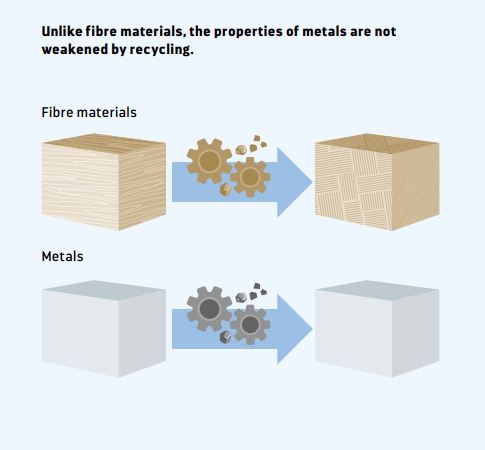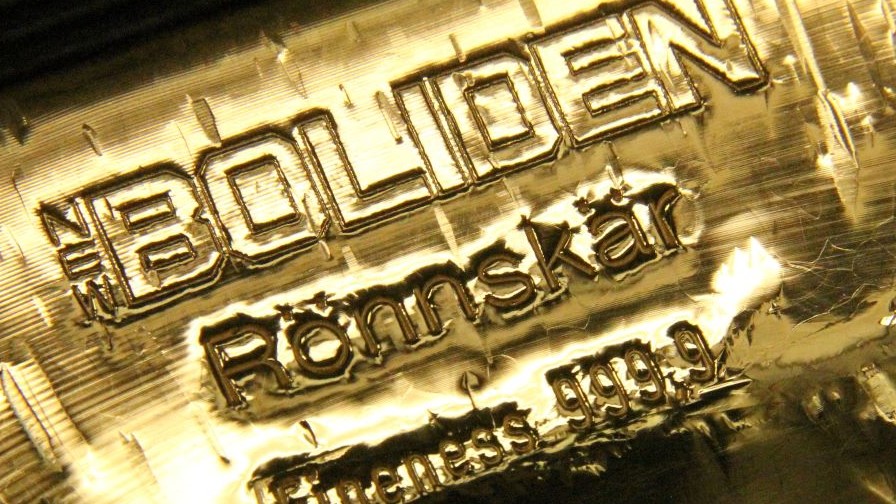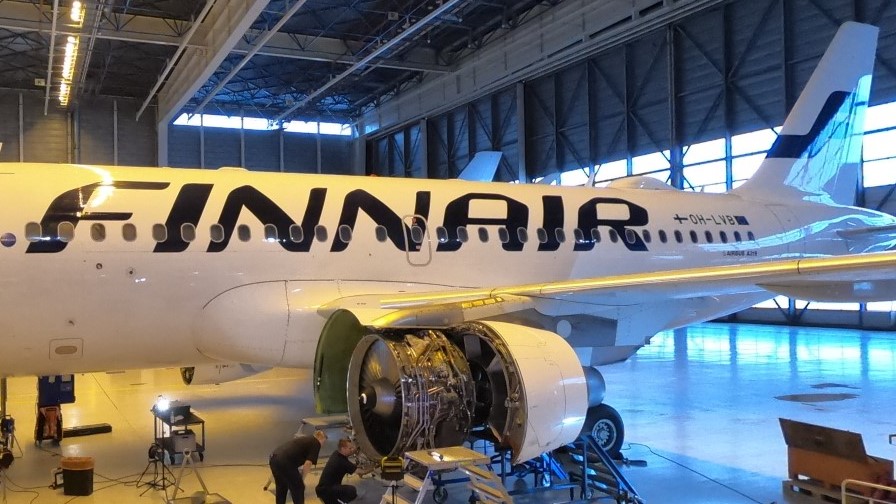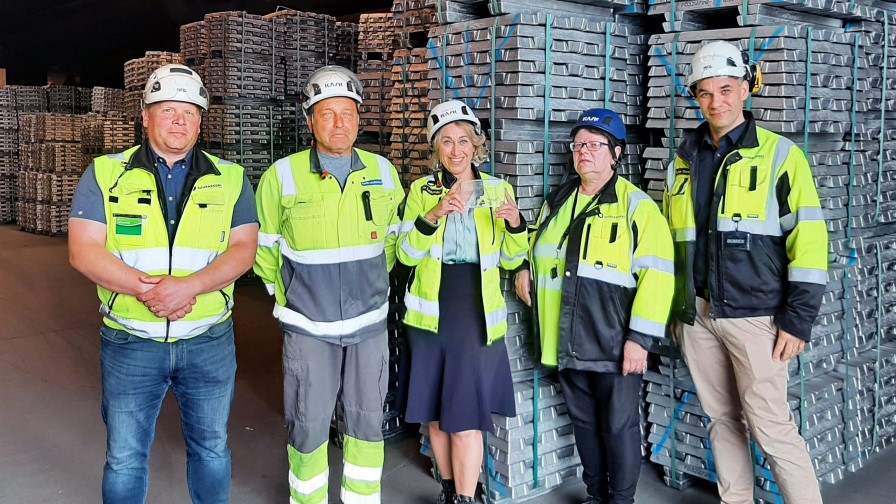At Kuusakoski we focus on recycling with the aim of life cycle optimisation
The entire life cycle of products or materials must be taken into account when considering the efficient use of resources, sustainable production and consumption. Recycling, recyclability and product design that takes recycling into account – “eco-design” – are of decisive importance in life cycle analyses. Reuse and recycling are by far the best solutions for achieving eco-efficiency.











